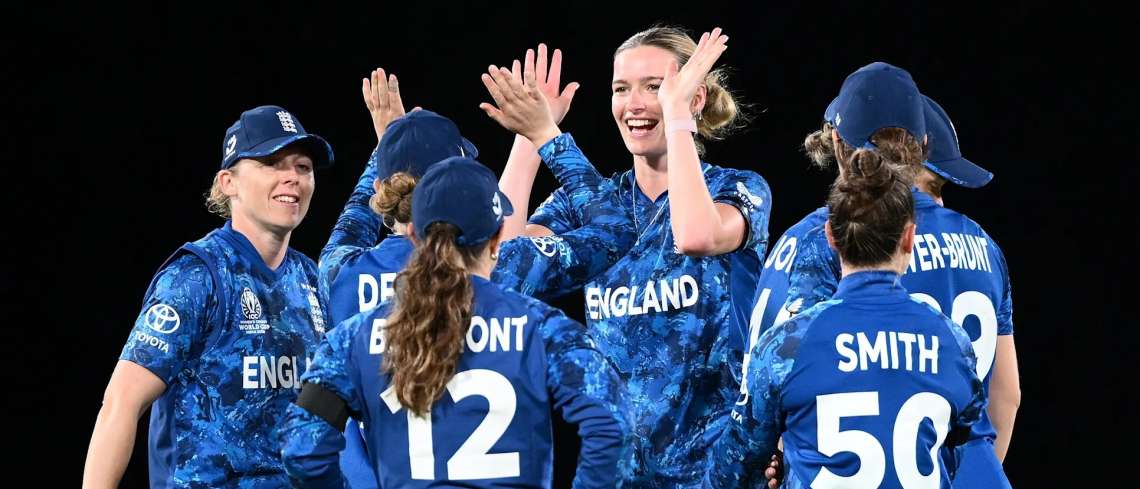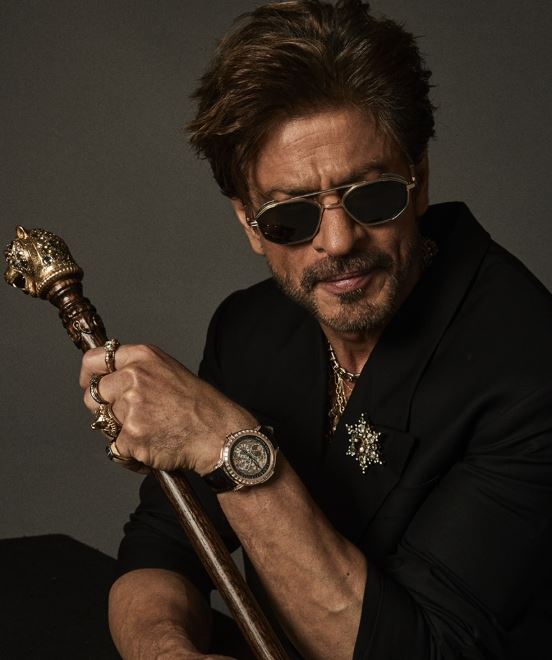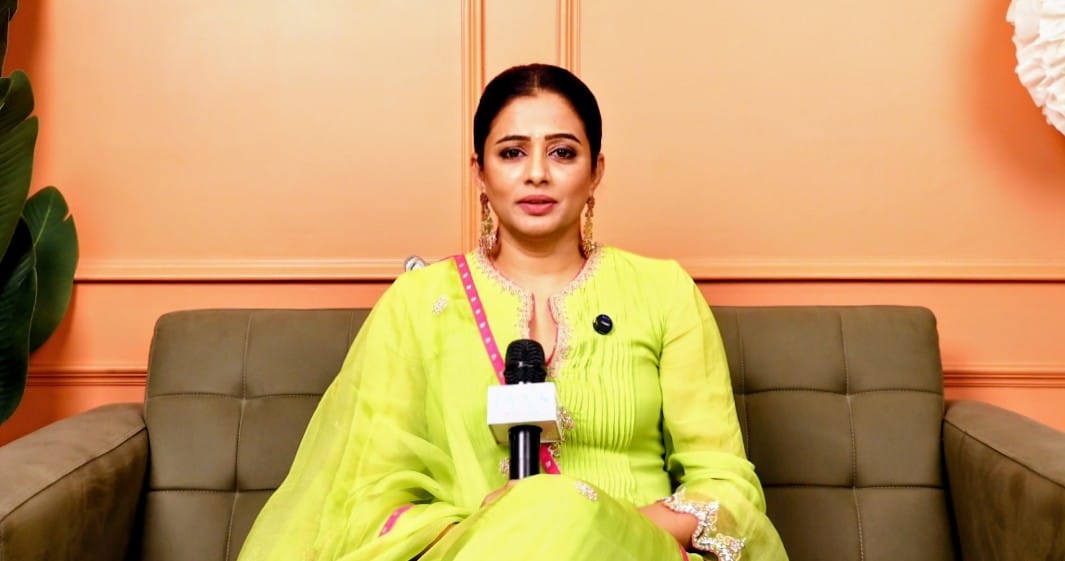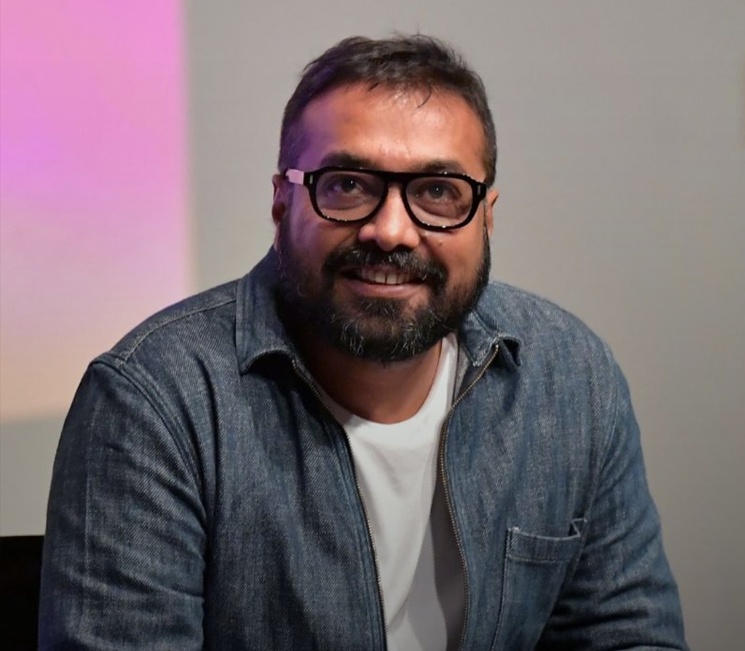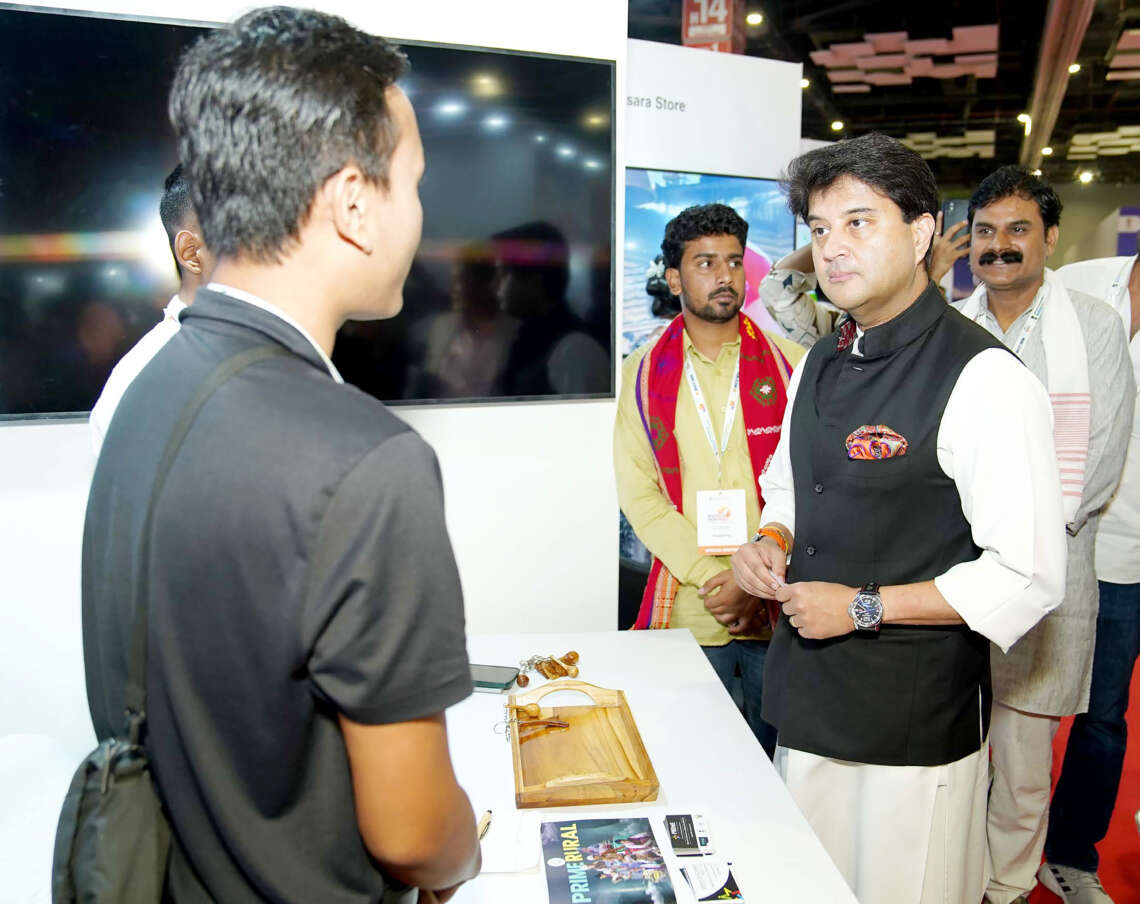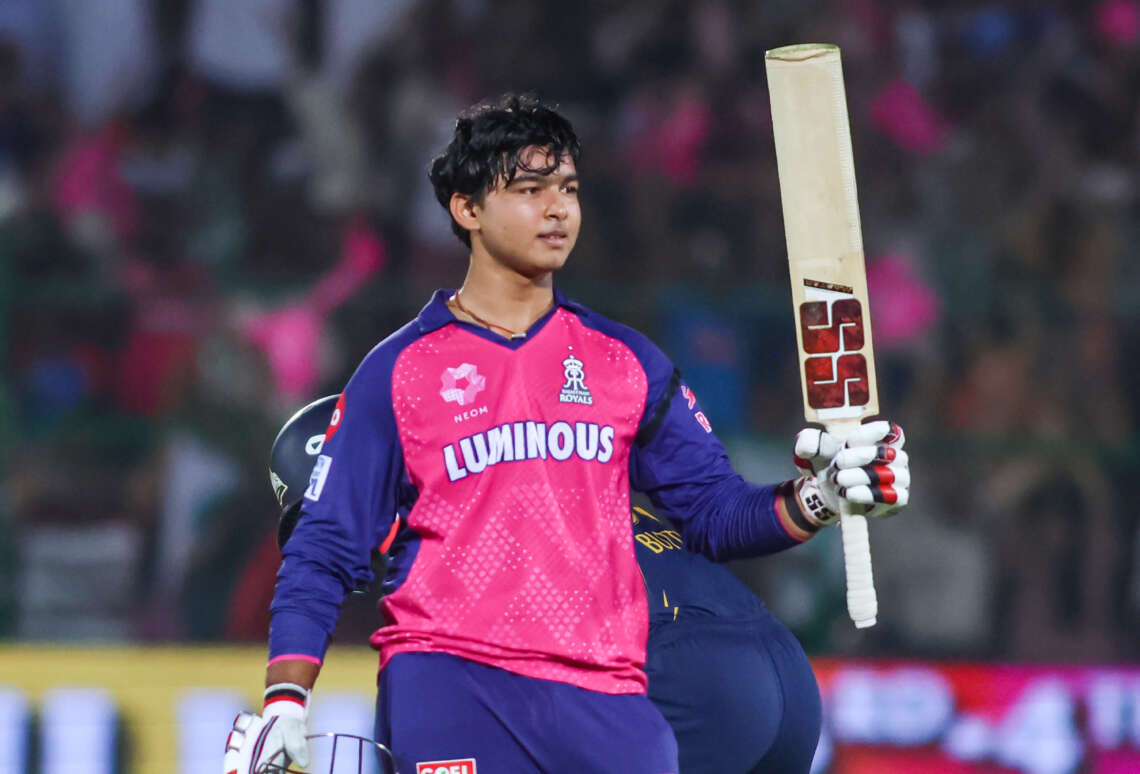England’s white-ball journey has been anything but steady. A group-stage exit at the T20 World Cup, a fleeting high in South Africa, and then a brutal 16-0 Ashes drubbing in Australia left the team staring at a hard reset. The shake-up was swift: Jon Lewis and Heather Knight made way for Charlotte Edwards and Nat Sciver-Brunt. A dominant series win over West Indies was followed by defeats in white-ball fixtures to India. Now, as England enter the 2025 Women’s World Cup, the Charlotte-Nat combination faces its first true test and a chance to rewrite a faltering narrative.
Mark Robinson, who coached England to a memorable 2017 Women’s ODI World Cup triumph at home, spoke exclusively on the side’s prospects, Kate Cross’s omission, the Charlotte-Nat dynamic, Heather’s return, and more.
Q. How do you assess England’s squad and the tightness of this World Cup?
I think it could be the tightest. India are coming in with realistic hopes this time, with their progress over the last few years. In previous World Cups, it was England, Australia, and New Zealand. Now, India joins that top bracket, replacing New Zealand.
From England’s perspective, they’ve had a tough run and lost confidence. Early momentum will be key. If they field well and believe, they can be a very dangerous team.
Q. Kate Cross’ omission — a surprise?
Not really. She’s had a good summer, despite injuries, and is the kind of leader you’d want. She can bowl under pressure. But England opted for balance — more spinners over seam. Charlotte Edwards made a brave call. She’ll be judged for it, but that’s what head coaches are paid to do.
Q. Thoughts on Nat Sciver-Brunt’s leadership and bowling role?
Nat’s fitness is crucial. If she can’t bowl, England may regret leaving Kate Cross out. But they’ve got Em Arnott, a late developer — bowls in crucial moments, bats, and fields well.
If Nat bowls, she gives the team balance and allows room for another batter. She’s done that role before, even opening the bowling. It may be why Kate was left out — reliance on Nat.
Q. Heather Knight’s role?
Heather is vital. Experienced, a fierce competitor, a bit underrated. She’s a stabiliser in the middle and a perfect partner for Nat, along with Tammy Beaumont.
With Nat, they have one of the best batters in the world. Heather’s experience adds calmness. Her, Nat, and Tammy need to deliver for England to get the runs needed to compete.
Q. How difficult has it been for Charlotte Edwards to prepare, having taken over in April?
She had the summer to prepare. You can’t judge her yet. The team was low on confidence post-Ashes. They beat a struggling West Indies, but India exposed them.
Charlotte’s earned this role, with success in Australia and England. She’s smart, experienced, and steady. We just need to give her time.
England should reach at least the semi-finals, probably the final. If they avoid India or Australia in the semis, they’ve got a good shot. Those three — England, India, Australia — are well ahead of the rest. South Africa could sneak into the semis but aren’t consistent enough to win it.
Q. Is England’s spin attack good enough?
They miss a big-turning leg-spinner. Sarah Glenn is accurate and effective but doesn’t turn it big. Someone like Alana King (Australia) or Amelia Kerr (New Zealand) can change games with turn — that’s what England lack.
However, they do have depth. Charlie Dean is a strong off-spinner, and Sophie Ecclestone is the best finger spinner in the world. So while they lack leg-spin variety, their spin is still their strength.
That’s clearly where they’re putting their faith — hoping Indian pitches will tire and spin plays a bigger role as the tournament goes on.
Q. Given pitch and venue uncertainty, what’s the ideal team balance?
If Nat bowls, England get flexibility. Their lower order can be brittle, lacking depth after Katherine Sciver-Brunt and Anya Shrubsole retired.
Nat’s overs can allow the inclusion of an extra batter. Conditions in India vary — quick wickets, fast outfields, or slow, turning ones. The key is squad adaptability.
Charlotte’s job is to build a team that’s ready for anything. In India or Sri Lanka, conditions can change quickly, and you need to adapt day-by-day.
Q. What legacy would you like this World Cup to leave for women’s cricket?
Exposure is growing worldwide. More boards are investing. But the danger is that England, Australia, and India pull away too far due to their resources. Some nations are already falling behind.
South Africa are fighting hard, but others are struggling to keep up. The upside is that it’s an incredible time to be a female athlete. Look at England women winning the Rugby World Cup and the Euros.
If the England cricket team can win this, it would be a historic hat-trick for English women’s sport. But beyond that, for young girls watching in any part of the world, the message is: there’s a path now. You can dream of big stages and real careers.
There’s no better place than India to host a World Cup right now. The WPL showed us how passionate and engaged the Indian crowd is. This tournament can be the launchpad for women’s cricket to go truly global — and India is ready.
Q. Can India handle the pressure of playing at home?
That’s going to be fascinating. The crowd can be a massive advantage — or a big pressure. Expectations can be crushing, and coping with that will define India’s campaign.
If India start well and ride the crowd energy, they’ll be hard to stop. But if things go wrong early, the weight of expectations could cause hiccups.
They’ve got the talent. If they settle into the tournament quickly, they’ll be among the favourites.

